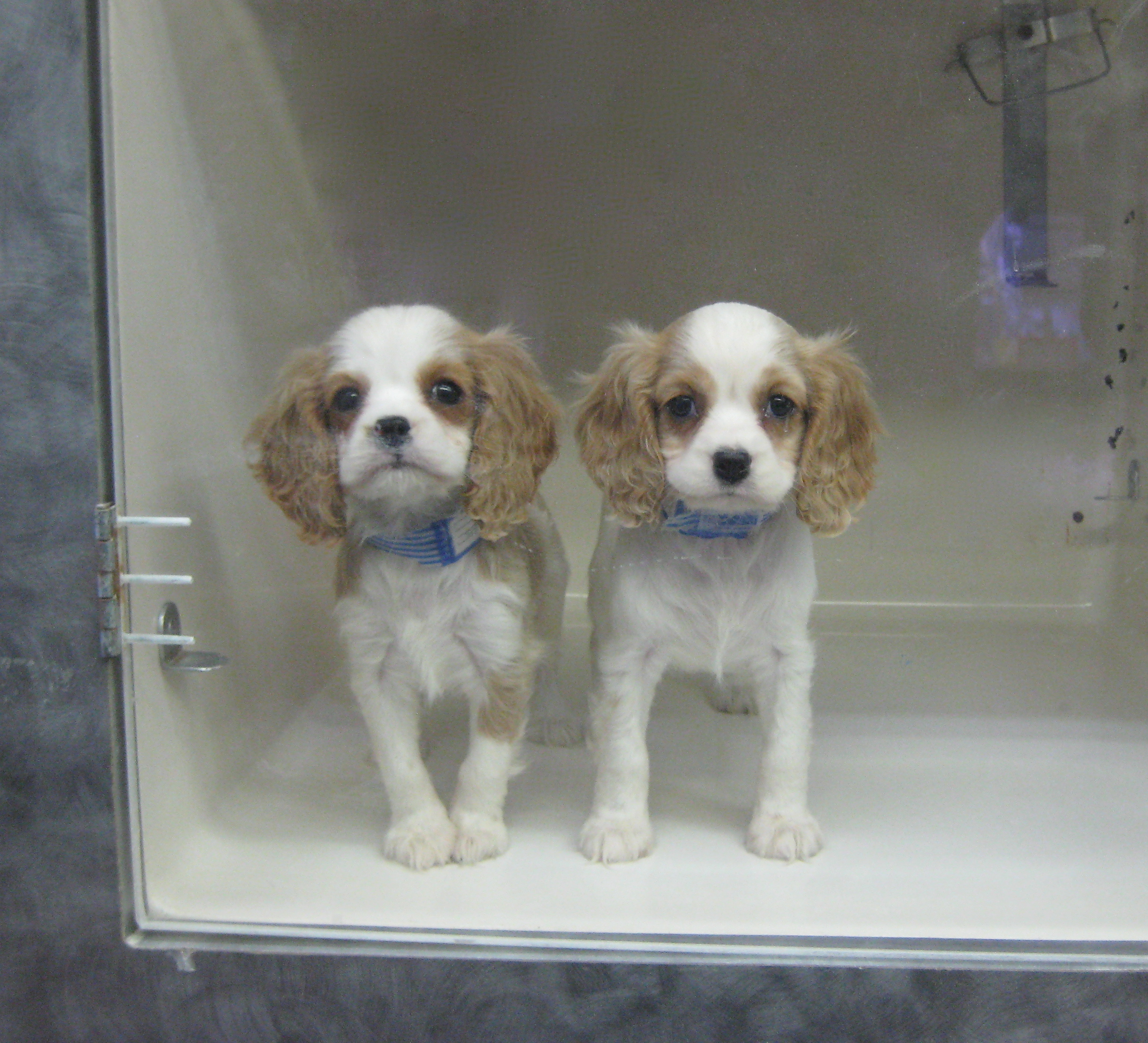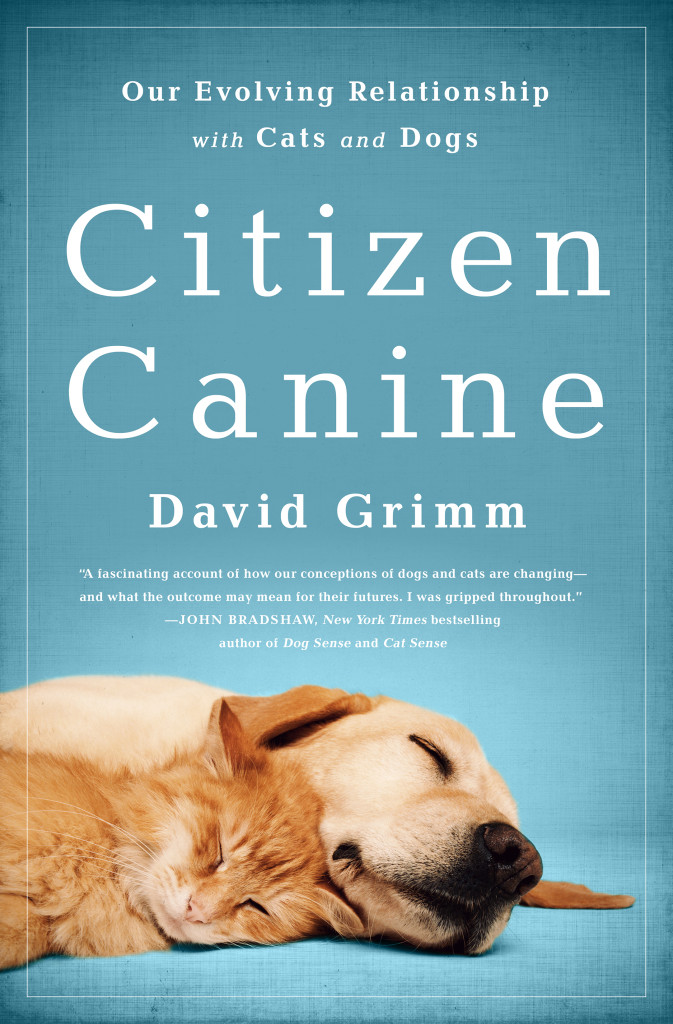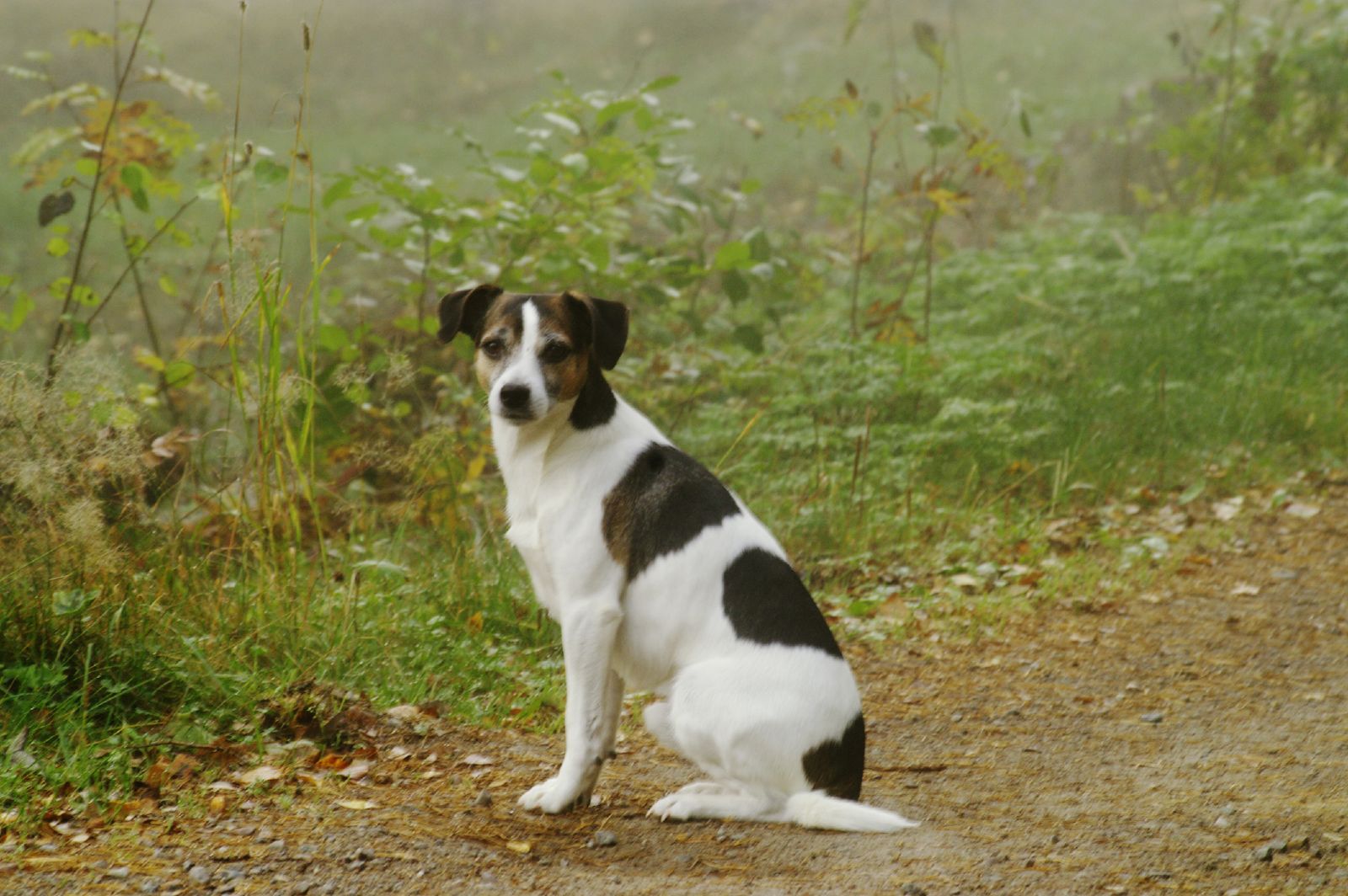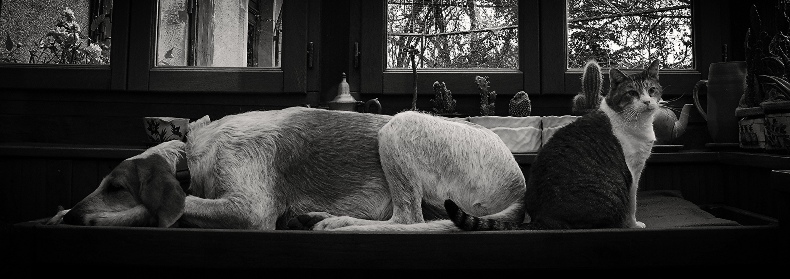March 10, 2015
by dave
4 Comments

(Credit: Chris Goldberg/Flickr)
Is your pet a family member or a commodity? That’s the issue lurking beneath the surface of a trio of new laws proposed in Maryland and Virginia. Two of the bills aim to ban or severely limit the sale of cats and dogs from pet stores, while the third seeks to redefine the nature of animal shelters. Yet all speak to the rapidly evolving relationship between us and our companion animals.
The pet store bills target shops that sell dogs and cats from breeders. Both were inspired by growing public concern about animals that come from so-called puppy and kitten mills—commercial breeding operations that put profit above animal welfare. Pets from such places are often unsocialized and tend to harbor genetic and infectious diseases. The Maryland bill, which was passed in Montgomery County last week, prohibits pet stores from selling cats and dogs obtained from such mills. Stores can only sell pets procured from shelters or rescue organizations, as large chains like PetSmart and PetCo do. The Virginia bill, which is awaiting the governor’s signature, covers the entire state. It is similar to the Maryland bill, though it still allows pet stores to sell from breeders that meet certain qualifications. It also largely prohibits the sale of pets at flea markets and similar venues.
The Maryland and Virginia bills match legislation passed in more than 70 localities across the country in the past few years. Though the ostensible purpose of these laws is to improve animal welfare, they speak to the growing bond between us and our pets. In the past 20 years, dogs and cats have morphed from companion animals to full-fledged family members. We take them on vacation, we spend billions on their food and care, and we even risk our lives for them. As a result, we now view our pets less like property and more like people. A few decades ago, we didn’t think twice about buying a cat or dog from a neighborhood pet shop or seeking the latest and greatest breed, like we might a fancy new TV. Today, many of these pet shops have disappeared, and owners are more likely to boast that their pet is a rescue than a purebred. We don’t buy anymore. We adopt.
Continue Reading →









